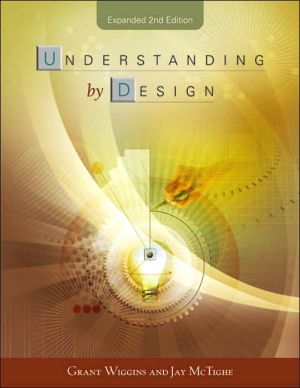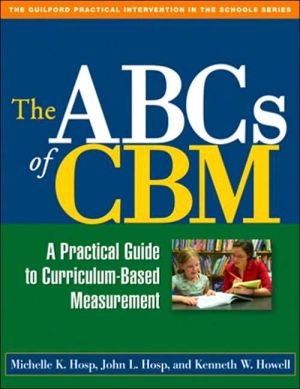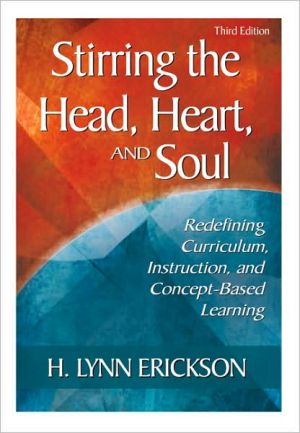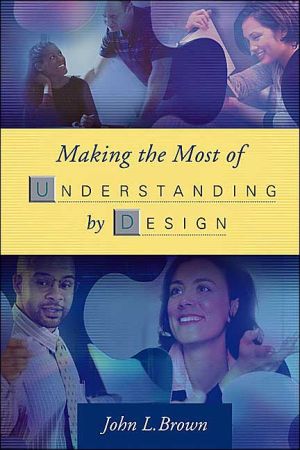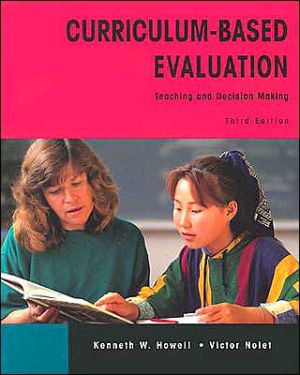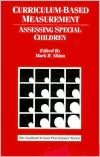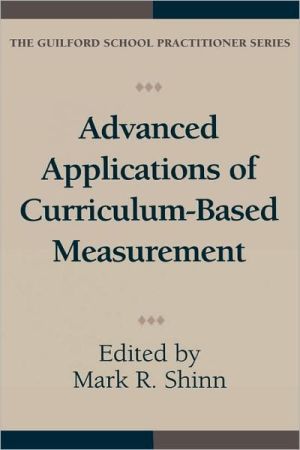The Curriculum Bridge: From Standards to Actual Classroom Practice
Search in google:
Translate standards into classroom curriculum that fulfills accountability requirements and meets students' learning needs!Meeting the individual needs of students and the requirements of federal mandates is a challenge that educators face every day. This third edition of an award-winning book focuses on curriculum, content standards, teaching, and testing and provides teachers with solid guidelines for best practices. In this detailed, comprehensive guide, Pearl Gold Solomon discusses the bridge between the written and the taught curriculum and gives readers a big-picture overview of how the current political environment and public opinion affect standards and curriculum. The book offers:An up-to-date review of educational research, including how learning takes placeWays to connect curriculum and standards to best teaching practicesInformation on traditional, alternative, and high-stakes assessments Expanded coverage of how best to plan and implement professional developmentThis information-rich resource is an indispensable tool for all educators who want to make informed and meaningful decisions to promote standards-based instruction, improve student outcomes, and create the best possible environments for learning.
PrefaceAbout the Author1Why Standards and Tests Are on the Front Page1At the Top of the Political Agenda: Education2Why the Focus on Standards and Tests?3The No Child Left Behind Legislation4The Media Influence Opinions on Standards9The Origins of the Current Wave of Public Concern11Initial Responses of the Educational Community13Government Calls for Reform15Initial Responses to the Calls for Reform16Standards in Other Countries17A Summary: Systemic Change, Restructuring, and Reform192Who Chooses the Curriculum: Are Standards and Tests Necessary?22Some Charismatic Differences of Opinion23The Public Responds25Teachers and Teacher Organizations Respond27Teacher Educators and Researchers Respond29Control of Curriculum32Nongovernment Influences on Curriculum36Getting Ready to Design Curriculum483What We Now Know About How Learning Happens50Educational Philosophy: Piaget and Constructivism53The Changing Nature of the Concept of Intelligence59Cognition, Metacognition, and Goals: Connections to Practice72Interest73Real Experiences and Technology in the Instructional Process744Choosing Standards and "Designing Them Down"81The Curriculum Committee Meets82A Bit of History84Defining Standards in New Terms86Curriculum Enactment895Constructing Creative Classrooms102Organizing the Environment103The Actors114The Script1196How Are We Doing? Measuring Success127Standards and Their Measures128The Purposes of Measures or Assessments129The Consequences of High-Stakes Assessments132Improving HSSB Tests134Where Should Meg, April, and Brad Begin?136A History of Assessment Forms138Challenge 1: Establishing Validity141Challenge 2: Tasks or Performances Versus Concepts141Challenge 3: Writing Rubrics149Challenge 4: Disaggregating the Assessment Results153Challenge 5: Levels of Performance, Grading156Challenge 6: Sharing Results With Students, Parents, and the Community1577Where Do We Go From Here?162Where Will the Leadership for Needed Change Come From?163Professional Development for Teachers169Using Technology and Its Networks for Sharing Curriculum and Research176Technology for Communicating With Our Public176References179Index191

